diagnostics
Latest
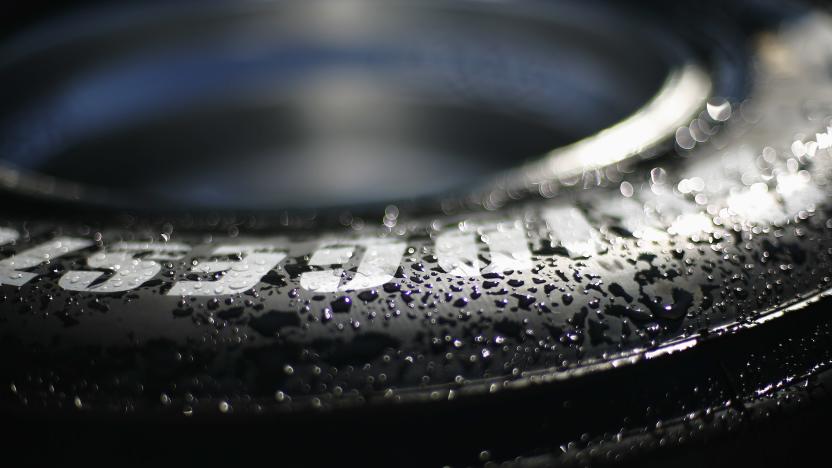
Microsoft and Bridgestone launch real-time tire damage system
A new system can detect tire damage in real time.
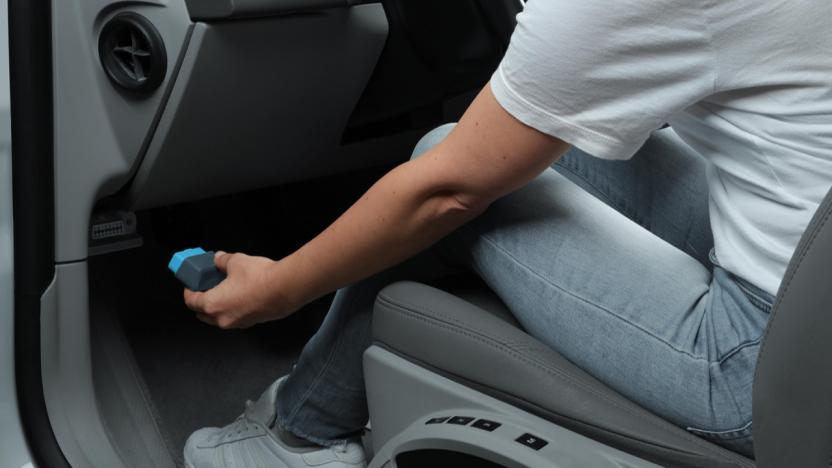
Automatic to shut down and end support for its car diagnostics dongle
Automatic, the company behind an on-board diagnostics (OBD-II) dongle for cars, announced that it’s shutting down due to COVID-19.
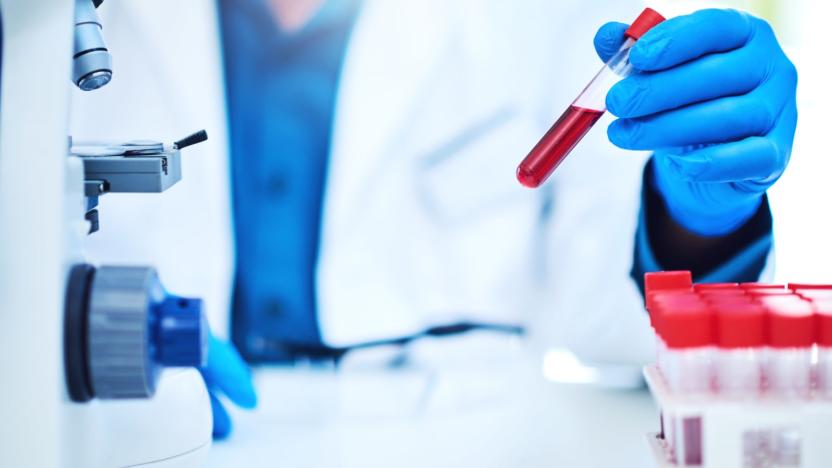
A new blood test could indicate multiple conditions with one sample
A new blood test could use a single plasma sample to assess health and predict the likelihood of developing a range of diseases. Thanks to Theranos, this may sound familiar, but unlike that debacle, this proof-of-concept is backed by research published in Nature Medicine.
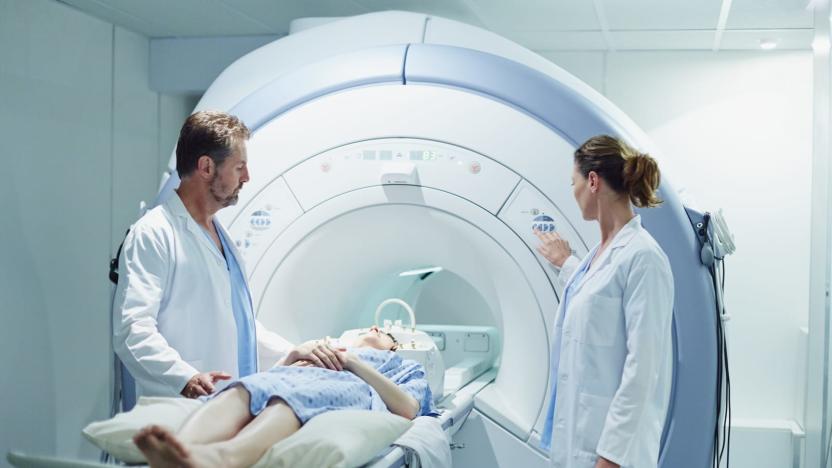
Wisconsin firms hope to make radioactive isotopes for nuclear medicine (updated)
Certain cardiac stress tests and other nuclear medicine diagnostics depend on molybdenum-99, or Mo-99, a radioactive isotope that decays into the diagnostic imaging agent technetium 99m, or Tc-99m. The latter is used in more than 40 million medical imaging procedures each year, but Mo-99 is costly and difficult to make. Now, two Wisconsin firms say they've found a more efficient way to make the critical material.
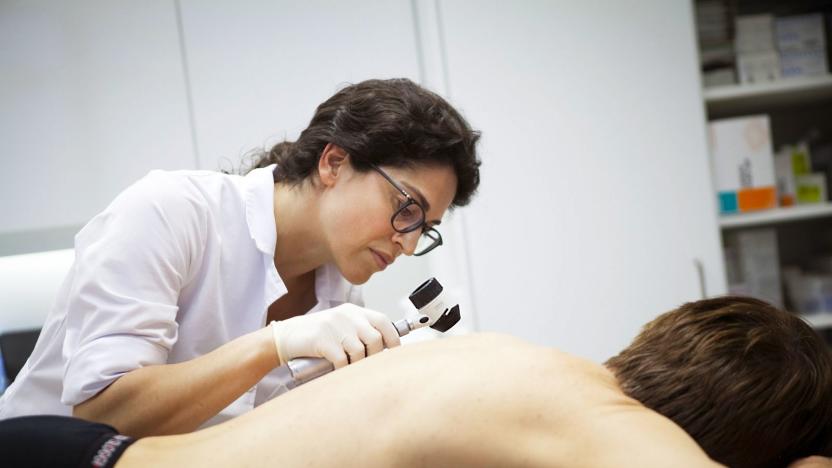
AI outperforms human doctors in spotting skin cancer
In January last year scientists reported that artificial intelligence was almost as effective at identifying skin cancer as dermatologists. Now, less than 18 months later, it's even better. In an experiment between a deep learning convolutional neural network (or CNN) and 58 dermatologists, researchers found that human dermatologists accurately identified 86.6 percent of skin cancers from a range of images, compared to 95 percent for the CNN.

$550 dock turns a smartphone into a medical lab
Smartphones can now be used as laboratory-grade medical testing devices thanks to new kit designed by the University of Illinois. The transmission-reflectance-intensity (TRI) analyzer attaches to a smartphone to examine blood, urine or saliva samples as reliably as large, expensive equipment, but costs just $550. The technology uses a high-performance spectrometer. First, a fluid sample is illuminated by the phone's internal white LED flash, then the light is collected in an optical fiber. The light is then guided through a diffraction grating into the phone's rear-facing camera, and a reading is provided on-screen.

DNA nanomachine detects HIV antibodies in minutes, not hours
Current methods for detecting the antibodies that indicate HIV infection are agonizingly slow and cumbersome. However a new DNA nanomachine developed by an international team of researchers (and funded, in part, by the Bill & Melinda Gates Foundation) could shorten the process to a matter of minutes.

Verizon's Hum can turn your '97 Stratus into a connected car
If you want in on the connected car action but your vehicle is nearly as old as the internet, Verizon's new Hum service may help. It's a $15 per month plan that includes an iOS or Android smartphone app and CDMA-enabled hardware that plugs into an OBD-II port, something all 1996 and newer vehicles have. (The port is also used by Automatic Link and other apps.) The device gathers engine diagnostic data and relays warnings to a visor-mounted speaker device and the smartphone app. If something's wrong, the app can provide more info and even an estimated cost for any repairs.

Autonet Mobile puts a new twist on the car key (video)
Remember Autonet? The company -- which is best known for providing manufacturers like Chrysler with in-car WiFi hotspot solutions -- is launching a new product designed to replace the key fob and enable low-latency remote vehicle control and diagnostics from any smartphone. Of course, this is nothing new -- car makers have been featuring apps to unlock doors, start the engine and monitor vehicles for some time now. Still, most existing solutions rely on satellite or 2G connectivity and often require the car's computer to be fully booted before responding to commands, which makes for a slow and unreliable experience. Autonet's new system combines in-vehicle hardware, mobile software and cloud services to streamline this process for both manufacturers and owners. More after the break. %Gallery-195223%

Insert Coin: Dash charts your car data live, with gauges and a dashcam (update 3: back as Lynk)
In Insert Coin, we look at an exciting new tech project that requires funding before it can hit production. If you'd like to pitch a project, please send us a tip with "Insert Coin" as the subject line. We've seen a few stabs at smartphone-enhanced car diagnostics as of late, but many good solutions like Automatic Link and Delphi's Vehicle Diagnostics are primarily useful after you've parked. The upcoming Dash OBD-II adapter is certainly up to that side of the job, telling a Bluetooth-connected iOS device (and eventually, Android) about your car's problems and estimating fuel costs based on the gas tank's levels. Where it stands out is its usefulness while on the road: the custom app offers custom live gauges, including a Green-Meter for ideal fuel economy that you won't usually find in a real instrument cluster. There's even a dashcam mode that overlays travel details on captured video, whether it's to support insurance claims or just to immortalize a drive through the back country.

Verizon's Vehicle Diagnostics by Delphi now monitoring your car for $250
Who'd have thought we'd be happy to see an unassuming black box? Delphi and Verizon managed to whet our interest with their Vehicle Diagnostics kit and service at CES, and our curiosity is renewed now that the monitoring combo is available for drivers. The finished product costs a fairly steep $250 for the Delphi adapter, although it does deliver two years of free service and costs a contract-free $5 per month afterwards. Shelling out brings the promised remote troubleshooting and notifications, including alerts for any performance problems and warnings for any geofencing violations. If you're willing to pair an Android or iOS phone with the kit over Bluetooth, you can also use the smart device in place of your keys -- temporarily, we hope. Vehicle Diagnostics should work with most cars made from 1996 onward, but do some homework before any outlay: at least a few cars miss out on the full diagnostic suite, which might dampen dreams of a connected car utopia.

Carrier IQ gives its remote smartphone diagnosing tool a global release
Carrier IQ has let customer service reps diagnose smartphones from afar with its IQ Care software for a while, but now the solution has been given a worldwide release. By wielding IQ Care (and asking a phone owner's permission, we're assured), technicians can see device-specific stats such as a battery's drain rate, percentage of app failures, frequency of dropped calls and more. The outfit hopes that its software will make support calls shorter and ensure that fewer fully-functioning devices aren't misdiagnosed and returned needlessly. As of now, however, there isn't any word on which networks or hardware manufacturers will join the metric-hungry flock.

Switched On: The fork, the ficus and the flandoodle
Each week Ross Rubin contributes Switched On, a column about consumer technology. As sensors and crowdsourcing give us ever more granular data into the norms and deviations of the world around us, enterprising developers and hardware companies have trotted out various combinations of atoms and bits to package that awareness, sometimes paired with recommendations, into products. Back in March, Switched On discussed a number of Kickstarter projects (all of which have now shipped) that extended sensor-based monitoring and notification to remote locations (provided there was WiFi or Bluetooth connectivity). Where does it end? Three recent product announcements enable us to know more about things that we might not ever have thought to track in the past.

Mavizon Mavia tracker reaches pre-order at last, makes best friends of cars and iPhones
Remember Mavizon's plans for its Mavia car tracking device (formerly the AutoBot) from almost two years ago? The company promised availability sometime in 2012, and we're here in earnest with the car companion ready for pre-order. The business model has changed significantly since 2010, however. It's a cheaper $169 up front for the Bluetooth cellular OBD-II peripheral -- $99 for the first hundred through the gates, or $299 for a two-pack -- but the full tracking service will cost $5 a month, or $49 every year. Those who do make the leap can get a look at their car's vital signs as well as set up geofenced notifications, track long-term performance and receive impromptu driving directions to a friend's coffee shop check-in. The first batch of Mavia units should arrive within several weeks, we're told, and should have both browser- as well as iPhone-based apps waiting in the wings.

BioSoles know you're you within three steps, deter shoe bandits
It's no secret that everyone has a unique swagger -- so much so it can be used for identification. Many are working on this for biometric security, including a team at Carnegie Mellon University and Autonomous ID, who are collaborating on shoe insoles that monitor pressure and gait to confirm the identity of the wearer. So far, tests have shown a detection rate above 99 percent within just three steps, meaning they can alert you before that opportunist even makes it out of the locker room. It's thought the cloud-connected BioSoles could be implemented in security access, although we're not sure this offers advantages over similar, static technology also in development. We do, however, like the idea that subtle changes in your strut could be used to provide early indications of conditions such as Alzheimer's, Parkinson's and diabetes. It's likely that the insoles won't be available any time soon, so until then, keep an eagle eye on those expensive kicks.

Project Butter improves Android 4.1's speed to a silky-smooth 60FPS
As part of its unveiling of Android 4.1 Jelly Bean, Google has unveiled Project Butter, a major effort to squash Android's frequent problems with device lag, as well as Systrace to help diagnose performance. Project Butter lets the CPU and graphics run in parallel, rather than crash into each other, and has a big impact on both real and perceived speed: the entire interface runs at 60 frames per second on sufficiently fast hardware. Graphics are now triple-buffered to keep scrolling and transitions humming along, and the processor will swing into full gear the moment you touch the screen to keep input lag to a minimum. Systrace, in the meantime, will help developers stamp out what performance hiccups remain. The tracing tool will be a part of the Jelly Bean SDK, so every coder can get an app running in tip-top shape. Check out our full coverage of Google I/O 2012's opening keynote at our event hub!

OG iPad prototype with dual dock connectors hits eBay, teases us with convenience we never had
We're very used to Apple prototypes showing up on eBay. It's not often that we see unreleased iPads get the auction treatment, however, which makes a new listing that much more interesting. A 16GB WiFi version of the original iPad has popped up sporting a second dock connector on its side, a feature that we'd previously only spotted in Apple design patents. The advantage, of course, would be to keep the iPad powered and synced while it's playing a favorite movie in landscape mode. While we don't know how one aaps69 managed to get hands on the tablet, there's some clear signs that the seller didn't just carve an extra hole in the aluminum for kicks: the slate is running the familiar SwitchBoard tool that Apple uses for in-house diagnostics, and there's a raft of old and incomplete part details that suggest this particular iPad was never meant for store shelves. We'll likely never know why Apple left us in a land of solo dock connectors, but we'd take a peek at the source link before it's gone, as more recent Apple prototypes at auction tend to return to the source quickly.

Carrier IQ opens up IQCare diagnostics platform to smartphone users
Carrier IQ has announced the extension of its IQ Care platform to enable mobile operators to share the insight gained with its customers. The analytics software measures diagnostic information on your phone relating to network usage, battery life and dropped calls. Previously it's only been available to customer care agents as they remotely diagnose your phone during a support call, but the platform is now being opened up so that data can be viewable on open customer service portals. It's hoped that people will learn how to resolve network issues, the company remarking that 40 percent of smartphones are returned, only to be found not to have any faults at all. It'll launch in the second quarter of the year and you can find out a whole heap more if you head on past the break.

Nokia's diagnostics app secretly contains CDMA, AT&T LTE test screens
A bit of detective work can certainly go a long way. Some little-known sections of Nokia's Windows Phone diagnostics app were found by Nanapho as it analyzed its XAP file, lending credence to rumors that AT&T-branded Lumia phones are being tested at present time. The site uncovered screens dealing with "LTE TX" and "LTE Band Lock," with the latter adding references to Band 4 and Band 17 -- AT&T-specific radios. The last interesting piece of evidence was dug up in the MMS settings tool, which offers code that refers to CDMA. We've heard past rumors suggesting Verizon would be getting a Lumia as well, but there were no indications that LTE Band 13 is in testing here; Big Red is reportedly hesitant to launch new Windows Phones without 4G connectivity now, so choosing to go without it would suggest the carrier is willing to make a few compromises in the hopes of adding the Lumia to its ranks. Hopefully we'll find more clues in the days leading up to CES.

Apple reportedly prepping remote iOS diagnostic tools
According to Hardmac, Apple is testing a remote diagnostic tool for iOS devices. The tool will allow support personnel to obtain information on a device's UDID, name, battery diagnostics, iOS version, and crash logs via an entirely online interface. The supposed intent behind this tool is to simplify the process of troubleshooting and diagnosing iOS device faults when bringing the device in for a physical inspection is impractical. MacRumors notes that Apple has employed several similar remote diagnostic tools for quite some time, but according to Apple retail sources these tools have not yet seen widespread use. Apple Store Geniuses have found it both easier and faster to simply plug devices into a computer for diagnosis. However, this tool could be useful to AppleCare's phone support agents by greatly streamlining the process of obtaining device information from users. Hardmac says the new diagnostic tool will be deployed "in the next months everywhere."









